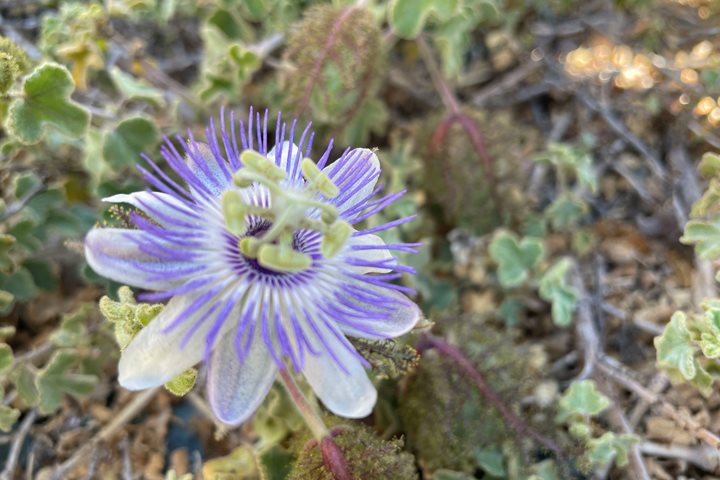Our journey began at the southern point of Magdalena Bay, where deeper, more exposed waters created suitable wintering conditions for juvenile and adult male gray whales. We have since have traveled north, through the Hull Canal, and to the northern mouth of the bay, Boca de Soledad. We find ourselves now at an area heavily populated with mother-calf pairs this winter. We set out early in the morning on Zodiacs to witness newly born whales that make Magdalena such a unique place before they embark on the remarkable 6,000-mile journey to their summer feeding grounds in the Arctic.
With the guidance and knowledge of the local pangaueros, we soon found a mother-calf pair and were able to observe their behaviors over the course of the morning. The size of the calf at this point in the season was shocking; though birthed at a mere 1,500 pounds, they manage to gain as many as 70 pounds each day while they nurse in the warm lagoons, where they come close to doubling in size before the leave! In addition to the whales, we spotted many shorebirds and cruised alongside an oyster farm tucked away within the mangroves, highlighting the diversity of this exceptional ecosystem.
On shore, we discovered the complexity and serenity of the dunes that separate the waters of Magdalena Bay from the Pacific Ocean. Some guests walked across the entire stretch of sand to the Pacific side. Others went off to examine vegetation that has adapted to survive in this adverse environment. This point was shared over an engaging lecture offered last night by naturalist and ethnobotanist Sharon Grainger.
Back aboard National Geographic Sea Bird, we unwound over a night of levity and celebration, welcoming local musicians Los Coyotes and enjoying traditional foods such as tamales, sole, and tres leches cake.









